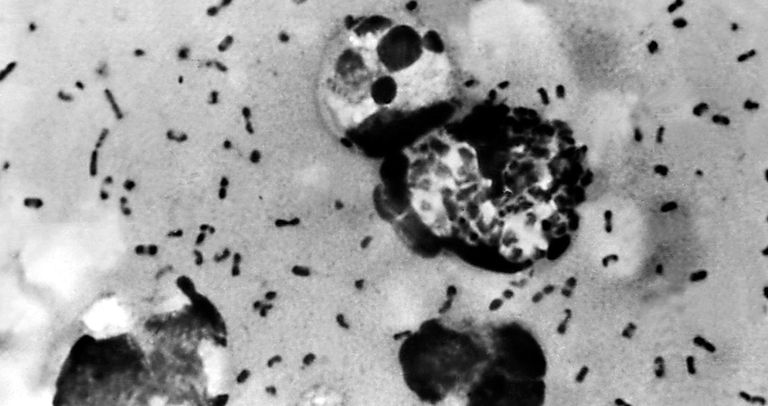Ancient Teeth Have Unveiled New Details About The Bubonic Plague That Could Rewrite History
The Black Death was among the worst calamities to ever befall humanity. Yet even with a grim legacy like that, it still retains quite a bit of mystery today. And despite our expertise and advances in medicine, the plague and its origins have remained a mystery going into the 21st century. That is, until recently. Because a group of researchers have taken a trip to an old, creepy graveyard — and they found some important answers there.
Initial wave
The Black Death was actually just the initial wave of a wider bubonic plague pandemic that lasted for almost 500 years. It was a remarkably consequential passage in the history of our species, so naturally experts have sought to understand it better. Yet that has proven to be easier said than done.
Unparalleled loss
Even though the Black Death took place across a relatively short span of time — between the years 1347 and 1351 — its effects were extreme. The populations of Africa, Asia, and Europe were absolutely decimated. No other single pandemic or war has ever wiped out that many people, as a proportion of the total population, at least.
Simple question
Naturally enough, contemporary historians and scientists have looked back at the Black Death with tremendous interest. It makes sense to learn all we can about this grim period of time, starting with its earliest moments. That begs the simple question: where did the plague begin? Well, the answer to that has proven elusive.
Difficult to answer
Debate has raged among experts for hundreds of years about the origins of the plague. But in June 2022 a group of researchers started to make headlines for the work they’ve been doing. These people say that they’ve figured it out — and they have the proof to back it up.

